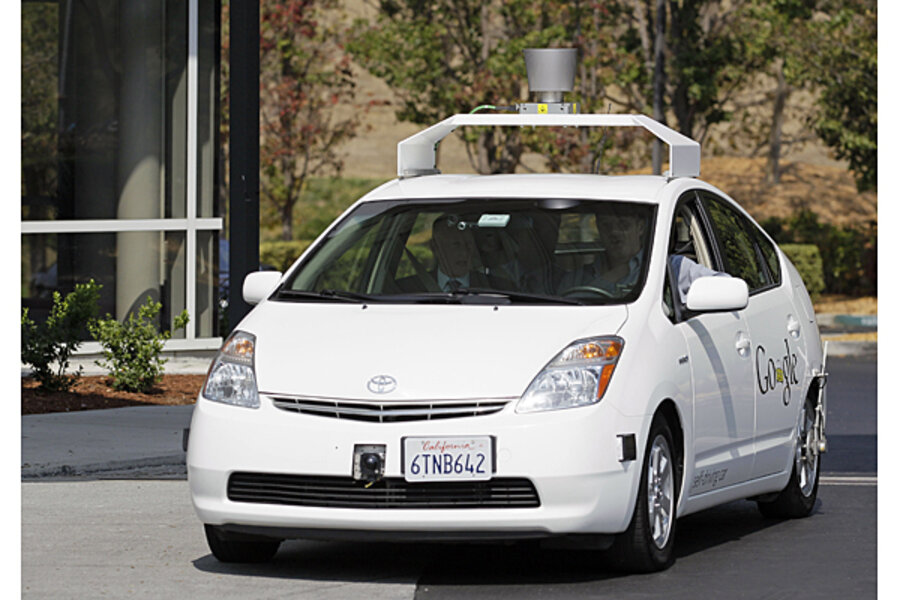Ban driverless cars? NHTSA says yes.
The last few years have seen self-driving cars go from the stuff of science fiction to the scientific method. Real cars are really driving themselves on some roads, and many current or near-future cars offer some form of assisted driving already. But the National Highway Traffic Safety Administration (NHTSA) wants to ban them.
Or, NHTSA wants each state to ban them, at least. In an announcement today outlining its policy on automated vehicles, NHTSA called for the ban of public use of self-driving cars.
"We're encouraged by the new automated vehicle technologies being developed and implemented today, but want to ensure that motor vehicle safety is considered in the development of these advances," said NHTSA Administrator David Strickland. "As additional states consider similar legislation, our recommendations provide lawmakers with the tools they need to encourage the safe development and implementation of automated vehicle technology."
Along with the new policy statement, NHTSA released a five-tiered system for automated vehicle classification:
- No-Automation (Level 0): The driver is in complete and sole control of the primary vehicle controls – brake, steering, throttle, and motive power – at all times.
- Function-specific Automation (Level 1): Automation at this level involves one or more specific control functions. Examples include electronic stability control or pre-charged brakes, where the vehicle automatically assists with braking to enable the driver to regain control of the vehicle or stop faster than possible by acting alone.
- Combined Function Automation (Level 2): This level involves automation of at least two primary control functions designed to work in unison to relieve the driver of control of those functions. An example of combined functions enabling a Level 2 system is adaptive cruise control in combination with lane centering.
- Limited Self-Driving Automation (Level 3): Vehicles at this level of automation enable the driver to cede full control of all safety-critical functions under certain traffic or environmental conditions and in those conditions to rely heavily on the vehicle to monitor for changes in those conditions requiring transition back to driver control. The driver is expected to be available for occasional control, but with sufficiently comfortable transition time. The Google car is an example of limited self-driving automation.
- Full Self-Driving Automation (Level 4): The vehicle is designed to perform all safety-critical driving functions and monitor roadway conditions for an entire trip. Such a design anticipates that the driver will provide destination or navigation input, but is not expected to be available for control at any time during the trip. This includes both occupied and unoccupied vehicles.
It's not yet clear how long NHTSA wants the ban to be in place; according to today's announcement, it could be a long, long ban:
"While the technology remains in early stages, NHTSA is conducting research on self-driving vehicles so that the agency has the tools to establish standards for these vehicles, should the vehicles become commercially available. The first phase of this research is expected to be completed within the next four years," the agency said in the statement.
The entirety of NHTSA's policy for automated vehicles can be found here (PDF link).





